Cappadocia
Cappadocia: A Land of Cultural and Natural Wonders
Cappadocia is a vast plateau in Central Anatolia, centered around the province of Nevşehir. This guide is designed to offer travelers a comprehensive introduction to the region’s unique geological formations and rich historical heritage.

Formed by ancient volcanic activity and sculpted over centuries by erosion, Cappadocia’s iconic fairy chimneys and valleys are among the most surreal landscapes on Earth. The rock-cut churches of the Göreme Valley, decorated with Byzantine frescoes, were inscribed on the UNESCO World Heritage List in 1985.
Historical and Cultural Heritage
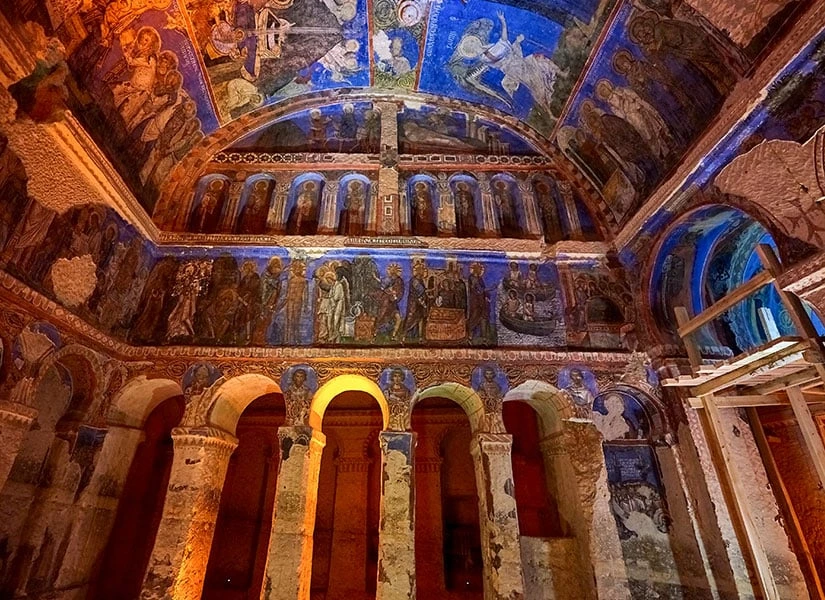
Cappadocia has been home to many civilizationsfrom the Hittites to the Roman Empire. In the 4th century, under the spiritual leadership of Saint Basil of Caesarea, early Christian communities began carving monastic cells into the soft volcanic rock. Over time, these grew into large cave settlements.
Situated along ancient trade routesincluding a branch of the Silk RoadCappadocia held strategic importance for merchants and empires. During the Middle Ages, underground cities such as Kaymaklı and Derinkuyu were built to protect inhabitants from Arab raids.
In the post-iconoclastic period of the 8th and 9th centuries, many churches like Tokalı, Karanlık, and El Nazar were adorned with vibrant frescoes that still captivate visitors today.
Geology and Formation of the Landscape
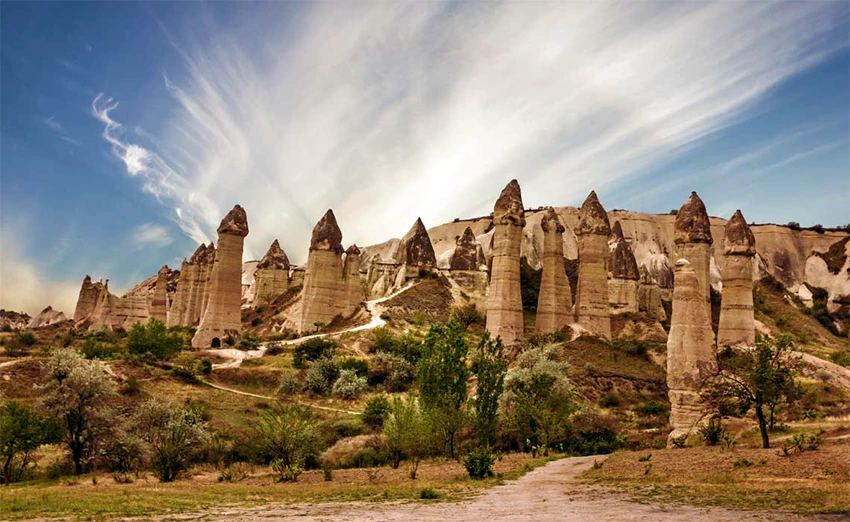
The region’s terrain was formed approximately 10 million years ago by massive caldera eruptions, which deposited thick layers of volcanic tuff. Over millennia, wind and rain sculpted these layers into the distinctive shapes we now call fairy chimneys.
Contrary to popular belief, the fairy chimneys are not directly related to Mount Erciyes or Mount Hasan. According to geologist Prof. Dr. Celal Şengör, they are instead the product of eruptions from massive caldera systems near Niğde.
The colorful rock spires around Göreme are among the most recognized landmarks in the region. Many of these formations house rock-hewn churches with vividly preserved frescoes.
Natural Beauty Beyond the Fairy Chimneys
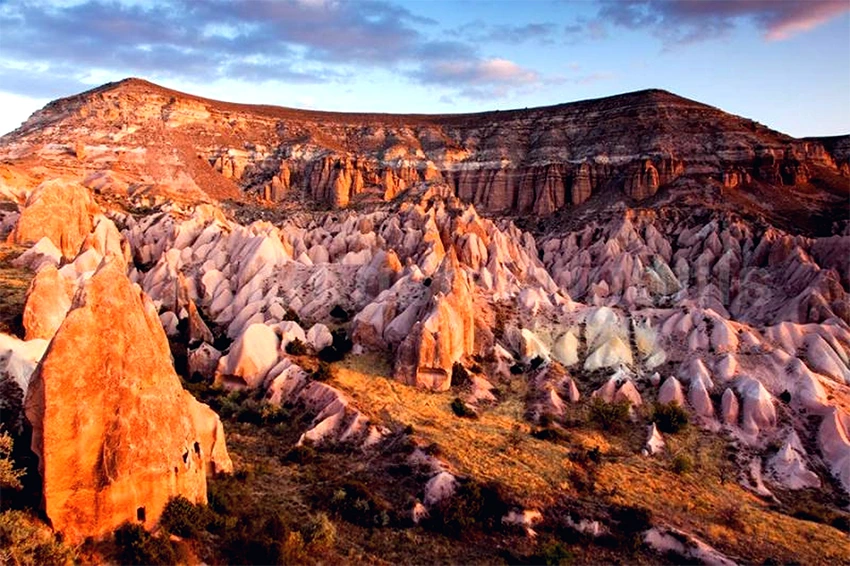
Cappadocia’s beauty isn’t limited to its chimneys. The region is home to numerous valleys ideal for hiking and photography:
- Love Valley (Kızılçukur) and Rose Valley (Güllüdere) near Göreme
- Devrent Valley (Imagination Valley) in Ürgüp
- Ihlara Valley with its riverside path and cave churches
Much of the region, including Göreme National Park, is protected and listed as a UNESCO World Heritage Site.
Legends and Local Lore
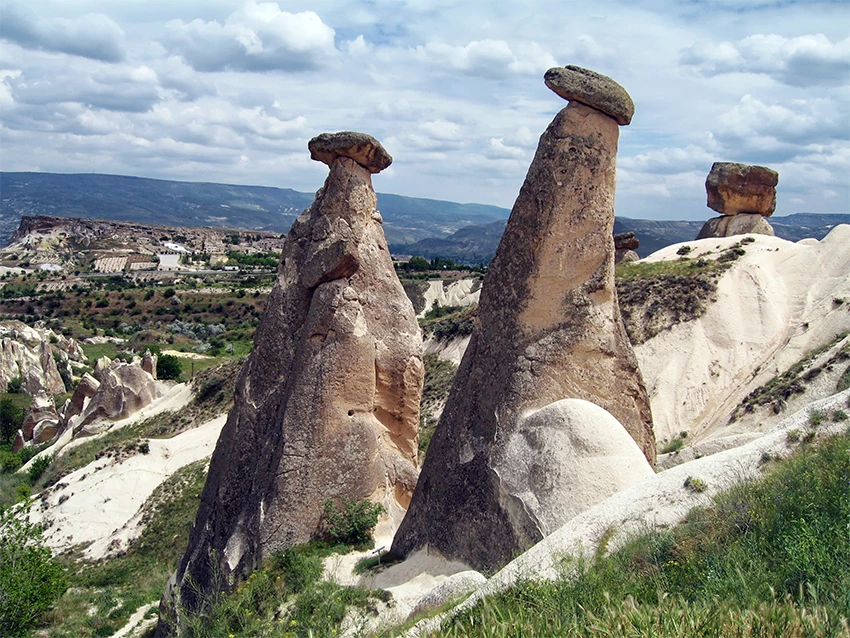
While science explains how the fairy chimneys formed, local legends give them heart. Long ago, locals believed these otherworldly rock towers were built or inhabited by fairies or spirits. That belief gave rise to the name “Fairy Chimneys.”
One popular tale tells of "The Three Beauties"a trio of chimneys near Ürgüp believed to represent a king, queen, and child. As the story goes, a Cappadocian princess fell in love with a shepherd. When her father, the king, threatened to punish her for marrying below her status, she prayed to be turned to stone with her familyher wish was granted, and the trio still stands today.
These stories add a mythical charm to your journey; with a little imagination, each rock begins to resemble a creature, a figure, or a tale frozen in stone.
Visitor Experiences & Top Activities
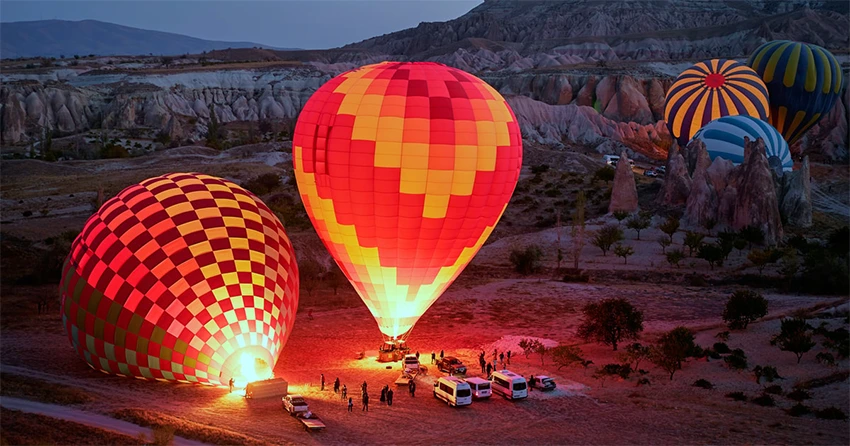
One of the most iconic experiences in Cappadocia is a hot air balloon flight. At sunrise, hundreds of colorful balloons float above the valleys, offering breathtaking views that draw millions of visitors every year.
Popular activities include:
- Guided Tours: Explore landmarks such as Göreme Open-Air Museum, Uçhisar Castle, Paşabağ fairy chimneys, and underground cities like Kaymaklı and Derinkuyu.
- Hot Air Balloon Flights: Soar over the valleys at sunrisean unforgettable experience.
- Adventure & Nature: Hike scenic trails in Love Valley, Rose Valley, and Ihlara; go off-road with ATV and bike tours; or ride horseback through ancient terrain.
- Cultural Events: Attend Cappadox Festival; try pottery-making in Avanos; or enjoy wine tasting at boutique producers.
Climate & Best Time to Visit
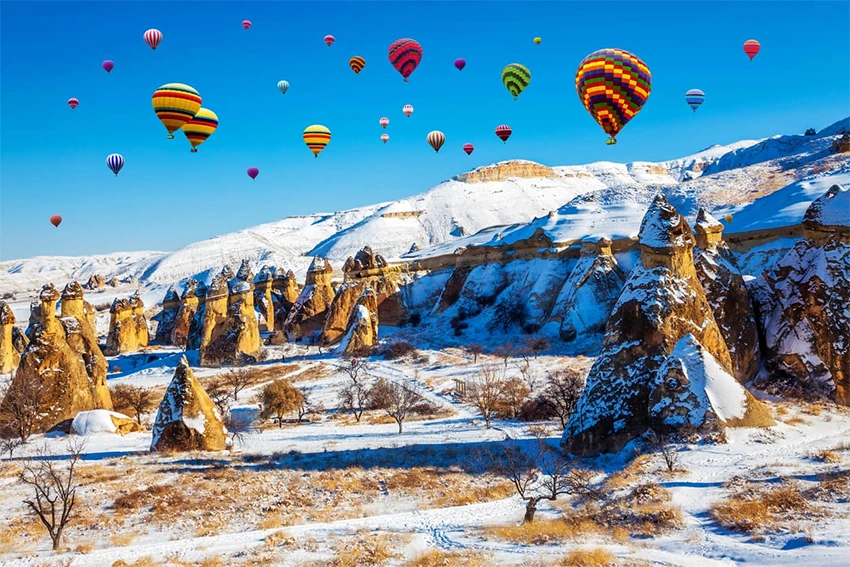
Cappadocia has a dry continental climate, with average annual rainfall around 380 mm. The most ideal seasons to visit are spring (April–June) and autumn (September–October), when the weather is mild and outdoor activities peak.
These months are also the busiest, so early booking is essentialand prices tend to be higher. Summers are hot and dry, while winters, though cold and occasionally snowy, offer a more tranquil and magical experience.
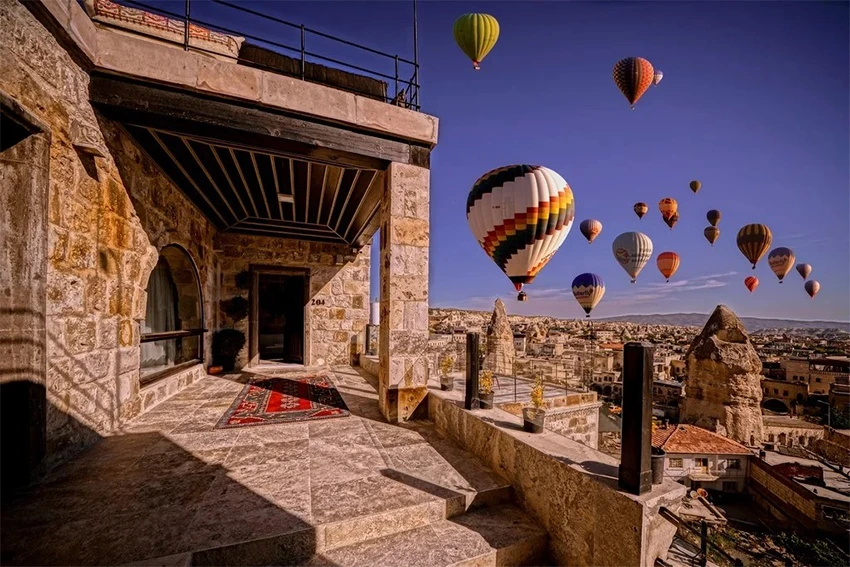
Cappadocia is a place where nature and history merge into a living open-air museum. Its surreal fairy chimneys, volcanic valleys, and ancient cave dwellings make it one of the most extraordinary destinations on the planet.
According to UNESCO, Cappadocia offers “a fossilized snapshot of a Byzantine provincial landscape” and is of outstanding universal value for both its natural and cultural significance.
With every step, you’ll uncover a new layer of story, stone, and silencereminding you why Cappadocia isn’t just a place to visit, but a world to be felt.



